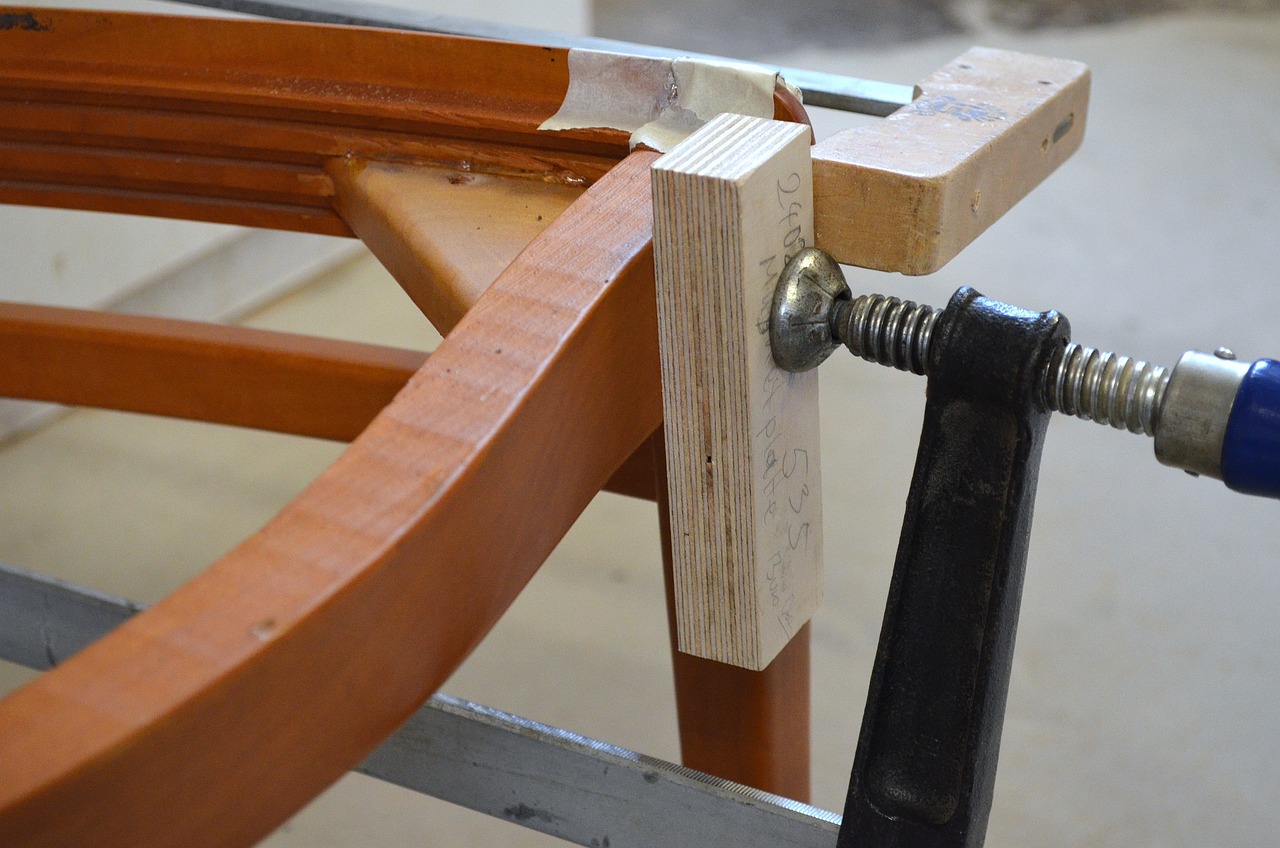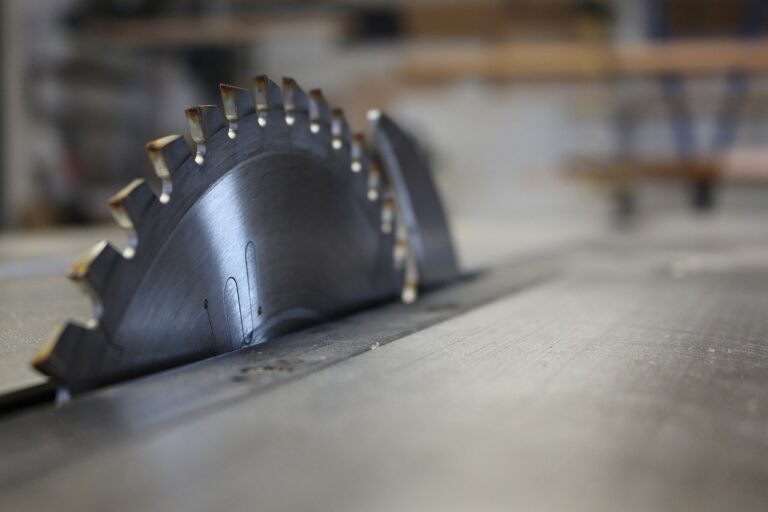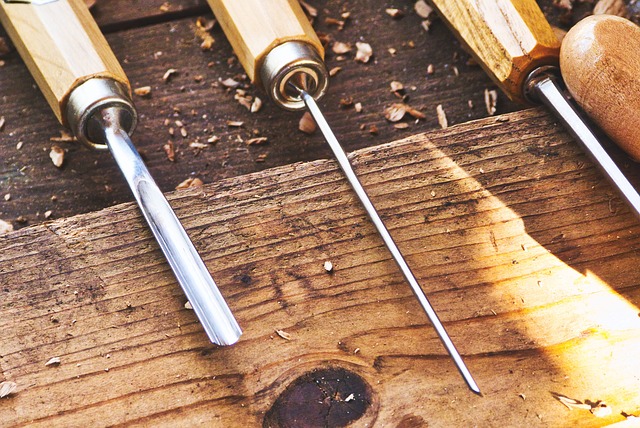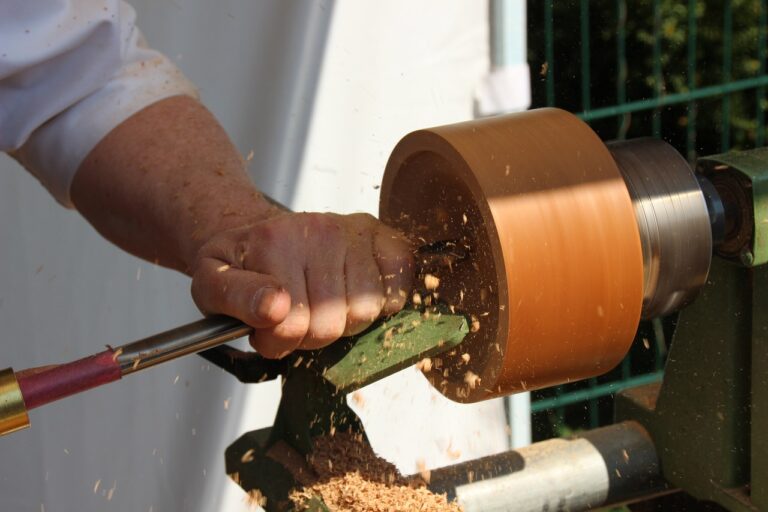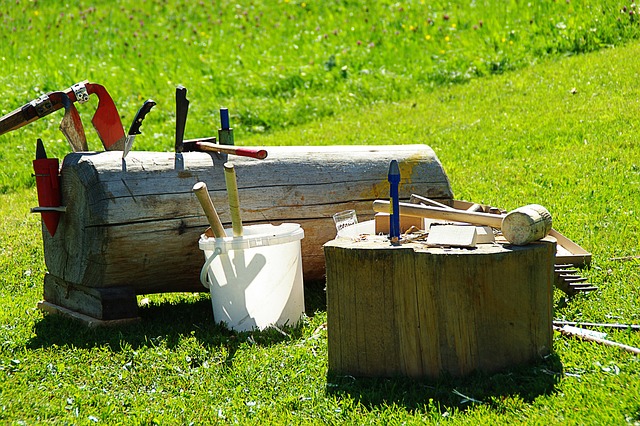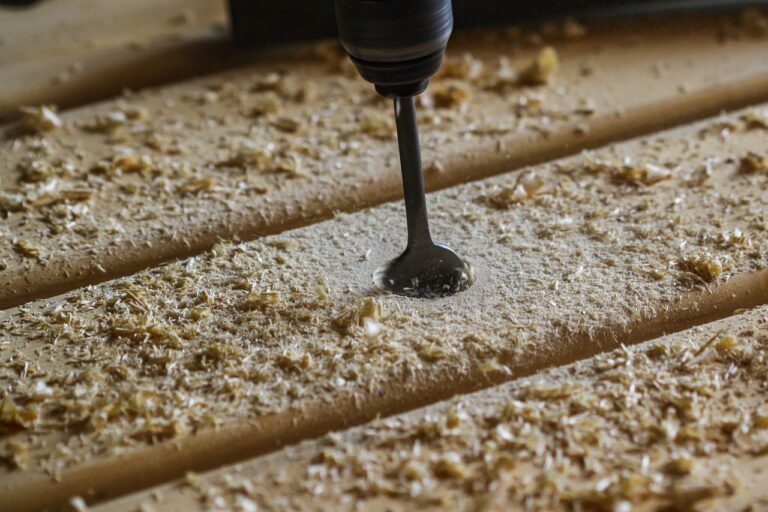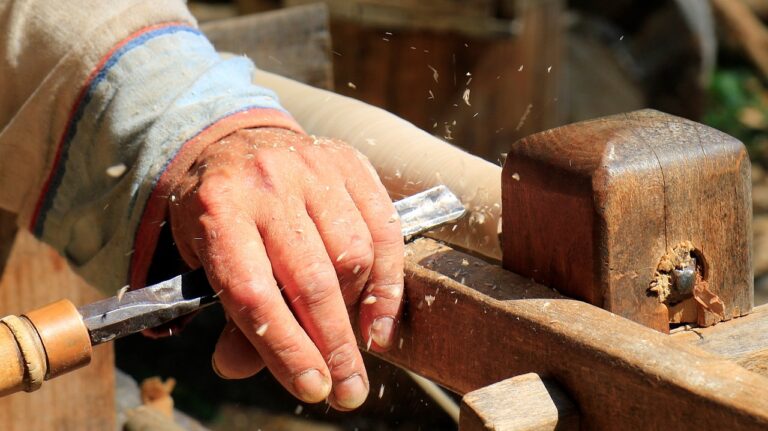Step-by-Step Guide: How to Build a Functional Wooden Bookcase
If you’re a DIY enthusiast and are looking for an exciting way to add both functionality and aesthetics to your space, building a functional wooden bookcase could be the perfect solution. Not only can a wooden bookcase be a practical addition to storage, but it can also serve as an attractive focal point in any room. In this step-by-step guide, we’ll explore the process of building a wooden bookcase that’s not only practical but also visually pleasing.
Table of Contents
What is Considered a Functional Wooden Bookcase?
A functional wooden bookcase is one that not only provides storage space but also meets the practical needs of the user efficiently and conveniently. Here are some characteristics that define a wooden bookcase as functional:
- Adequate Storage Space: The bookshelf must offer enough space to store the items you want to place on it, be it books, decorative objects, clothes, electronic equipment or anything else.
- Efficient Organization: The bookshelf must be designed to allow for effective organization. This can include adjustable shelves, dividers, drawers, niches, and specific spaces to categorize and organize your belongings.
- Accessibility: Items stored on the shelf must be easily accessible. This means that the height of the shelves should be appropriate for the objects you plan to store and that you should not need a ladder or excessive effort to reach items at the top.
- Durability and Stability: A functional bookshelf must be constructed from high-quality materials and be stable enough to support the weight of the objects it will contain. Shelves must be sturdy and not sag under the weight.
- Pleasing Aesthetics: While functionality is key, aesthetics are also important. The bookshelf should fit into the general style of the room and be pleasing to the eye.
- Adaptability: A functional bookshelf should be adaptable to your changing needs. This can be achieved with adjustable shelves or modules that can be moved or reconfigured as needed.
- Integration with Decoration: The bookshelf must harmoniously integrate with the decoration of the room in which it is located. This may involve choosing wood, finishes and colors that match the space.
- Incorporating Technological Features: In modern environments, a functional bookshelf may include technological features such as built-in LED lighting, electrical outlets or space for electronic devices.
- Easy Maintenance: The bookshelf must be designed to facilitate maintenance and cleaning, with surfaces that are easy to clean and materials that are resistant to stains and wear.
- Ergonomics: If the shelving unit is used to store items that you need to access regularly, it should be ergonomically designed to minimize physical effort and facilitate access to the objects.
Remember that the functionality of a wooden bookcase may vary depending on individual needs and the context in which it will be used. Therefore, when choosing or designing a bookshelf, consider what is most important for your specific use.
Preparation and Planning
Before diving into tools and materials, it’s crucial to dedicate time to proper preparation and planning. Start by defining where you want to place the wooden shelf. This will help determine the size and style of bookcase you should build. Be sure to measure the available space so that the bookshelf fits perfectly.
Additionally, choose the type of wood that best suits your needs and budget. Woods such as pine, oak and mahogany are popular because of their durability and attractive appearance. When selecting wood, consider the look you want to achieve and whether the wood will need to be treated to prevent deterioration over time.
Materials and Tools
Before you begin, gather all the necessary materials and tools. Here’s a list of what you’ll need:
- Wooden boards (in the size needed for the shelves and structure)
- measuring tape
- Miter saw or circular saw
- Square
- Pencil
- Wood Screws
- Electric drill
- Wood drill bits
- Level
- Electric sander or manual sandpaper
- Scotch tape
Step by step
1. Cut the Boards
Start by measuring and marking the wooden planks according to the desired dimensions for the shelves and bookcase frame. Use a miter saw or circular saw to make precise cuts. Remember to wear protective equipment such as safety glasses and gloves when handling power tools.
2. Structure Assembly
Assembling the structure is a crucial step. Use squares to ensure the corners are at right angles and level the structure with a spirit level. Once the frame is level and aligned, secure the pieces with wood screws. This will ensure the stability and durability of your shelf.
3. Fixing the Shelves
Measure and mark the position of the shelves on the frame. Use masking tape as a temporary guide to keep the shelves from slipping while you attach them. Use an electric drill with the appropriate bit to drill the guide holes, then secure the shelves with screws.
4. Finishing
With the structure and shelves in place, it’s time to add the finishing touches. Use a power sander or hand sandpaper to smooth rough edges and surfaces. This not only improves the appearance, but also prevents annoying wood splinters.
Tips for Organizing Items on a Shelf
Organizing items on a shelf can be a challenging task, but with a little planning and creativity, you can create a functional and visually pleasing organization. Here are some tips for organizing items on a bookshelf:
- Plan Before You Start:
- Before you start organizing, evaluate what you want to store on the shelf and define a clear purpose for each shelf or section. This will help determine the best arrangement of items.
- Categorize your Items:
- Group your objects into similar categories. For example, if you’re organizing a bookshelf, you can categorize them by genre, author, or size.
- Consider Aesthetics:
- Think about the visual appearance of the bookshelf. Choose a color palette or theme that harmonizes with the environment. Mixing items from different styles can work well, as long as there is visual coherence.
- Use Adjustable Shelves:
- If possible, opt for adjustable shelves to accommodate items of different sizes. This allows flexibility in the organization.
- Highlight Special Items:
- Highlight special objects or collections on prominent shelves. Use targeted lighting or specific supports to draw attention to these items.
- Vary the Heights and Positions:
- Evite organizar todos os itens na mesma altura e posição. Varie as alturas das prateleiras e posicione alguns itens na vertical e outros na horizontal para criar interesse visual.
- Use Organizadores e Caixas:
- Utilize caixas, cestas e organizadores para agrupar objetos menores ou menos decorativos. Isso pode manter a estante organizada e simplificar a busca por itens.
- Mantenha a Ordem:
- Mantenha a estante organizada ao longo do tempo. Reserve um tempo regularmente para rearranjar os itens e remover itens desnecessários.
- Rotatividade:
- Se você tem muitos itens para exibir, considere fazer uma rotação periódica, trocando itens exibidos por outros que estavam armazenados. Isso pode manter a estante fresca e interessante.
- Pense nas Necessidades Práticas:
- Consider practical needs when organizing items. For example, if you are organizing a bookshelf, place the books you read most often in an easily accessible position.
- Labels or Identification:
- If you have many items or categories, label or identify the shelves to make it easier to quickly find the objects you want.
- Take advantage of empty spaces:
- Do not overload the shelf with items. Leave some empty spaces to give visual breathing space and avoid the feeling of clutter.
Remember that organizing a bookshelf can be a creative and personal activity. The goal is to create a space that is functional for your needs and also pleasing to the eye. Try different arrangements and adjust as needed until you find the arrangement that suits you best.
Design Tips
While functionality is essential, design also plays an important role in creating an attractive wooden bookcase. Here are some tips to improve the look of your bookshelf:
- Paint or Stain: Consider painting the bookshelf in a color that complements the room’s decor. If you prefer the natural look of wood, use a stain to enhance the natural patterns.
- Decorative Details: Add decorative details to the edges or corners of the bookshelf for a personalized touch. Simple moldings or carvings can do wonders for the final look.
- Proper Spacing: When positioning shelves, think about what you plan to store on them. Leave enough space between shelves to accommodate taller objects if necessary.
Conclusion
Building a functional wooden bookcase is a rewarding way to add organization and style to your space. With the right tools and a little planning, you can create a piece of furniture that not only meets your storage needs but also becomes an attractive part of your home decor.
Remember to always practice safety when working with power tools and follow the steps precisely for the best results. With patience and dedication, you’ll be proudly enjoying your new functional wooden bookshelf in no time.

